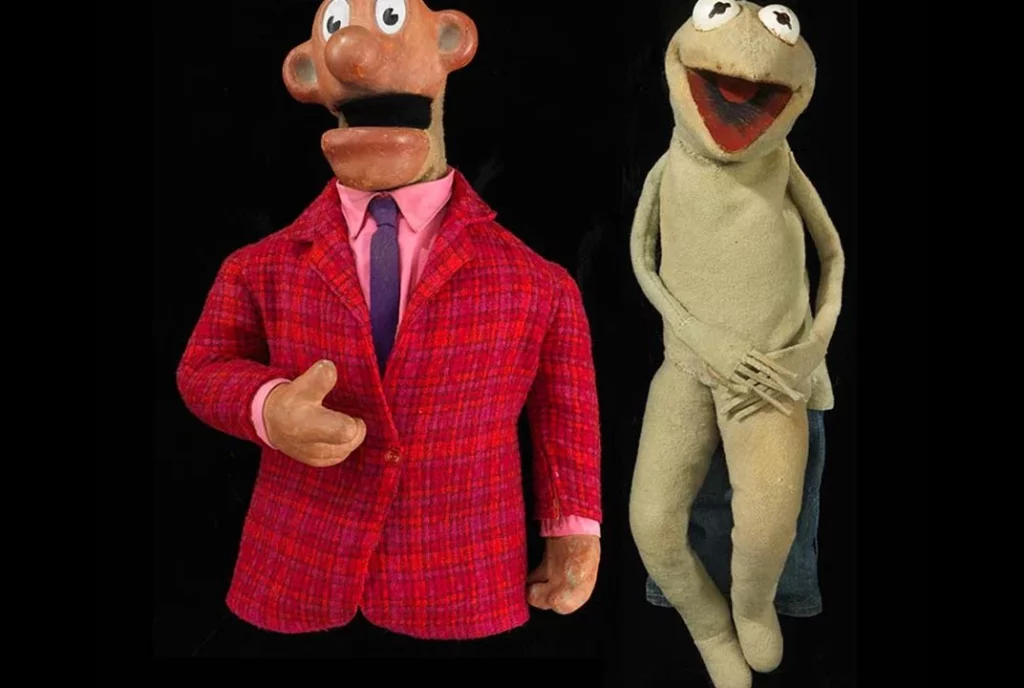Puppets have been captivating audiences for centuries, enchanting young and old alike with their ability to bring stories to life. From simple hand puppets to intricate marionettes, these fascinating creations have played a significant role in entertainment, education, and even therapy. In this comprehensive guide, we will explore the history, types, techniques, and the enduring charm of puppets.
Puppets have a remarkable ability to ignite the spark of imagination, transporting us to magical worlds and captivating our senses. These enchanting creations have existed since ancient times, entertaining and educating audiences throughout history. Whether used for entertainment, education, or therapeutic purposes, puppets have a unique charm that continues to captivate both children and adults.
In this comprehensive guide, we will delve into the fascinating world of puppets, exploring their rich history, the various types of puppets, puppeteering techniques, and their influence in different cultures. We will also discover how puppetry has evolved through the ages, finding its place in education, therapy, and even the silver screen.
So, grab a seat and let us embark on an extraordinary journey into the realm of puppets, where imagination knows no bounds.
The History of Puppets
Puppetry can trace its origins back thousands of years, with evidence of early forms found in ancient civilizations such as Egypt, Greece, and China. These early puppets were often made from materials readily available, such as wood, clay, or cloth. They served a multitude of purposes, from religious rituals to storytelling and entertainment.
One of the earliest recorded instances of puppetry dates back to ancient Egypt, where puppet-like figures were used in religious ceremonies to enact myths and rituals. These early examples laid the foundation for the art form that would evolve and flourish across different cultures and continents.
Ancient Greece also played a significant role in the development of puppetry. The Greeks used puppets known as “Klecksoura” during religious festivals and theatrical performances, bringing stories and characters to life through their intricate movements.
China, with its rich cultural heritage, has a long-standing tradition of puppetry. Shadow puppets, rod puppets, and glove puppets are among the various types that have been used in Chinese puppet theater for centuries. These performances often depicted ancient legends, historical events, or moral tales, captivating audiences with their visually stunning displays.
As puppetry continued to evolve, it spread to other parts of the world, including India, Southeast Asia, Europe, and beyond. Each region added its unique touch, incorporating local traditions, storytelling techniques, and cultural influences into the art form.
Types of Puppets

Puppets come in various forms, each with its distinct characteristics and methods of manipulation. Let’s explore the different types of puppets that have captured the hearts of audiences worldwide.
Hand Puppets: A Playful Delight
Hand puppets, as the name suggests, are operated using one’s hand. The puppeteer’s hand enters through the base of the puppet and controls its movements by manipulating the head, arms, and sometimes even the mouth. These puppets are versatile, making them ideal for both children’s entertainment and adult performances.
Hand puppets can be further categorized into three subtypes: glove puppets, sock puppets, and rod-arm puppets. Each subtype offers unique possibilities for expression and storytelling.
Glove Puppets: Endearing Characters at Your Fingertips
Glove puppets, also known as hand puppets or hand-in-glove puppets, are a delightful form of puppetry. The puppeteer wears a glove with the puppet attached to the hand, creating a lifelike character that can interact with the audience. The movement of the puppet’s head and arms is controlled by the puppeteer’s fingers, allowing for expressive gestures and storytelling.
These puppets have been a staple in children’s entertainment for generations, enchanting young minds with their whimsical personalities and imaginative tales. The beloved puppet character “Punch” from the traditional British puppet show “Punch and Judy” is an iconic example of a glove puppet.
Sock Puppets: Simple Creations, Endless Possibilities
Sock puppets are perhaps the most accessible and DIY-friendly form of puppetry. As the name suggests, these puppets are made by transforming an ordinary sock into a character with the help of a few simple additions. Buttons for eyes, yarn for hair, and scraps of fabric for clothes can turn an ordinary sock into a delightful companion.
Sock puppets offer an excellent opportunity for creativity, allowing children and adults alike to bring their imaginations to life. Whether used for impromptu storytelling or educational purposes, these puppets have a way of engaging audiences and igniting the spark of creativity.
Rod-Arm Puppets: A Fusion of Art and Technique
Rod-arm puppets, also known as rod puppets, combine elements of both hand puppets and marionettes. The puppeteer controls the puppet’s head and arms using rods attached to the puppet’s hands. The rods allow for precise movements, making rod-arm puppets ideal for intricate gestures and choreographed performances.
Rod puppets have a long history and can be found in various cultures, from Europe to Asia. These puppets often have beautifully crafted faces and costumes, adding to their visual appeal. The Indonesian Wayang Golek and the Thai Hun Krabok are famous examples of rod puppet traditions that have captivated audiences for centuries.
Marionettes: Strings of Enchantment
Marionettes, often referred to as string puppets, are among the most iconic and visually stunning forms of puppetry. These puppets are controlled by strings or wires attached to various parts of the puppet’s body, allowing for intricate movements and manipulation.
The puppeteer operates a marionette by pulling and manipulating the strings using a control device called a “manipulator” or “marionette control.” The control device can be as simple as a set of crossbars or as sophisticated as a system of interconnected levers and pulleys.
Marionettes offer unparalleled control and precision in movements, making them suitable for elaborate performances and intricate storytelling. The strings disappear into the background, leaving the audience in awe as they witness the puppet seemingly come to life on stage.
Finger Puppets: Tiny Characters, Big Impact
Finger puppets, as the name suggests, are small puppets that fit onto a finger, with a space for the puppeteer’s finger to animate the character. These puppets are often made of fabric or soft materials and can be as simple as a single piece of material with facial features or as elaborate as miniature versions of larger puppets.
Finger puppets are a popular choice for interactive storytelling, particularly with young children. Their small size and portability make them an excellent tool for educators, parents, and therapists to engage and entertain children while encouraging their imagination and creativity.
These puppets can be used in various settings, such as classrooms, libraries, or even in the comfort of your own home. With a collection of finger puppets, the possibilities for storytelling and imaginative play are endless.
Shadow Puppets: The Art of Illusion
Shadow puppets have a distinct charm and create a mesmerizing visual experience for audiences. This form of puppetry involves manipulating flat, jointed puppets made of opaque materials, such as leather or cardboard, against a translucent screen or surface. A light source, often a lamp or projector, casts the shadows of the puppets onto the screen, creating enchanting silhouettes.
Shadow puppetry originated in ancient China and India and has since spread to various parts of the world. The intricate movements of the puppets, coupled with the interplay of light and shadow, produce captivating performances that transport audiences into a world of imagination.
Shadow puppets allow for intricate storytelling and visual effects, and they often convey cultural and traditional tales. From the Chinese tradition of “Budaixi” to the Indonesian Wayang Kulit, shadow puppetry continues to enthrall audiences with its timeless allure.
Rod Puppets: Mastering Movement
Rod puppets, also known as direct-manipulation puppets, are controlled by rods attached to their heads and hands. The puppeteer uses these rods to bring the puppet to life, manipulating its movements and gestures. Rod puppets are often larger in size and require the puppeteer to be positioned behind a stage or curtain.
This form of puppetry allows for expressive movements, giving the puppeteer the ability to create dynamic performances and interactions with the audience. The Czech Republic is renowned for its tradition of rod puppetry, with the Prague Puppet Theater being one of the world’s most celebrated venues for this art form.
Rod puppets can be seen in a wide range of productions, from traditional fairy tales to original works. Their combination of size, movement, and expressiveness adds a unique dimension to performances and brings characters vividly to life.
Puppeteering Techniques: Bringing Puppets to Life
Puppeteering is an art that requires skill, practice, and a deep understanding of the puppet’s movements and expressions. Puppeteers employ various techniques to imbue their puppets with life and personality, captivating audiences with their performances. Let’s explore some of the key techniques used in puppeteering.


Leave a Reply